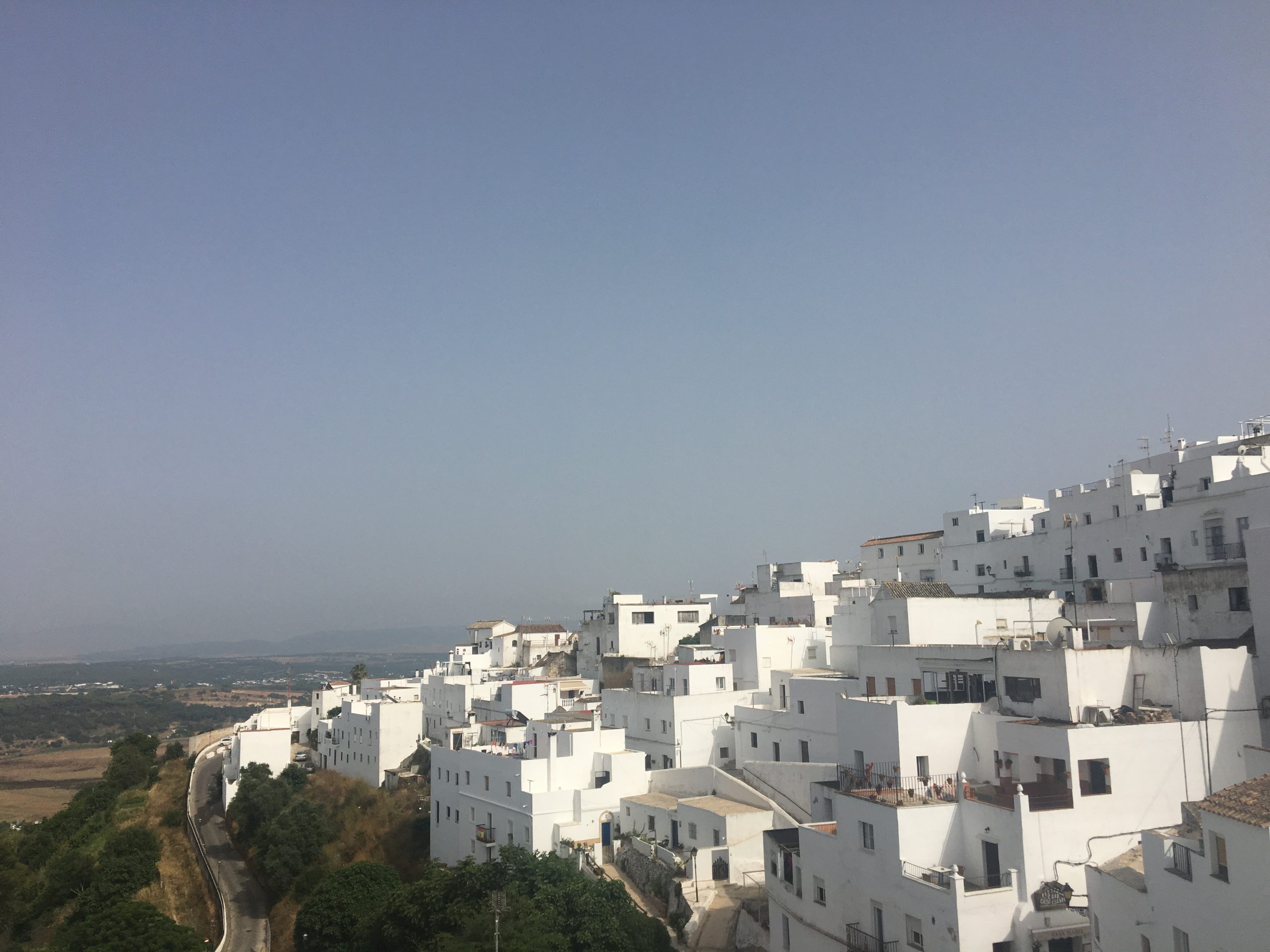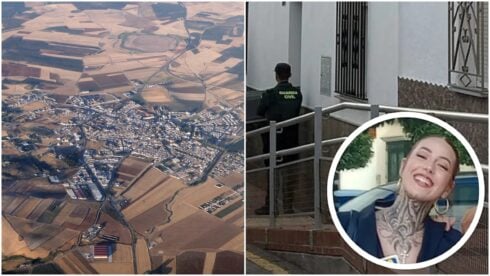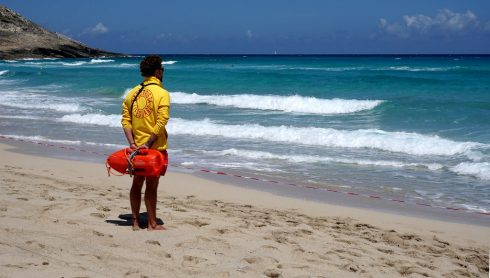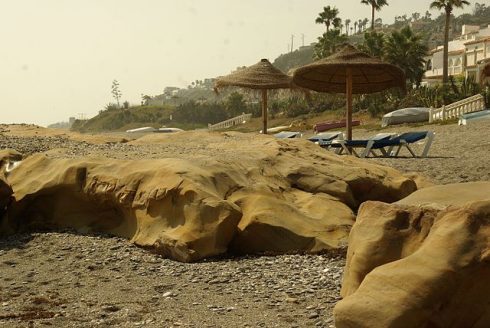Vejer de la Frontera is the food capital of Cadiz counting on culinary influences from far and wide.
ONE pinch Mediterranean, one grate of mountain fare and a wave of influences from the Atlantic. This is just part of the cocktail that makes the food culture of Vejer de la Frontera so incredibly exciting.
A genuine frontier of food, its sheer depth of culinary talent coupled with its ingredients, makes for an exciting melting pot of places to eat.
Forget its amazing beauty, its extraordinary location and its remarkable views, Vejer’s main draw is its competitive restaurateurs and chefs.
The white town is literally brimming over with exciting restaurants, all competitive in the extreme, and you will need deep pockets and a sharp business acumen, not to mention a keen eye for style if you’re planning one.
“They should be doing university studies on the success of Vejer’s food revolution,” explains Alberto Reyes, who opened his restaurant 4 Estaciones in the town in 2017.
“Just when you think it might peak it picks up again and we have to constantly work on upping our game to survive.”
This has recently meant taking on Esperanza, a sous chef who worked with Andalucia’s top three-Michelin star chef Angel León, in El Puerto de Santa Maria.
And you can really note the freshness in their food, which has remarkable quality, stuff that foodies like me, immediately pick up on.
Having written a book and set up a website, Dining Secrets of Andalucia, a decade ago, I regularly travelled down to Vejer and the small hamlets around it in search of new gems.
It was during one weekend back in 2004 or so when I first found the town and its then highly-rated restaurant, Trafalgar.
It stood out like a lighthouse, if you’ll excuse the pun, in a culinary desert back then and it was only when its wonderful nearby hotel, Califa, really cranked up the quality of its food soon after that the competition began.
“We set the standard for everyone else, we knew we had to match Trafalgar for service and we tried to create our own niche,” recalls owner James Stuart, who now owns half a dozen restaurants in the town.
“From then on anyone who opened a restaurant in Vejer had to be at our level…and from about 2010 as the recession ended things started to take off,” continues the father-of-two, who actually arrived here 30 years ago to open a cycling business.
Indeed, by about 2015 the town and its nearby area had at least half a dozen buzzing places to head for, including Las Delicias, Judería, Casa Varo, while nearby Castilleria, Venta Pinto, and the famous tuna joint, Campero, in Barbate, and La Duquesa, in Medina Sidonia, were chestnuts waiting to be discovered.
I first found my personal culinary Nirvana (well, my second after San Sebastian, in the Pais Vasco) in a sleepy hamlet called Santa Maria, up a dead end ten minutes out of town.
Hard to find and easy to miss, but Venta el Toro, is one of the most unpretentious and authentic places to eat in Spain.
Hardly changed for decades this is where the locals in the know go for a dose of nostalgia and a great tapas lunch.
One of the last redoubts of quintessential Andalucia, the hamlet also counts on a couple of other interesting places to eat (and stay), while the remarkable Castilleria has been constantly evolving (and putting its prices up) for 25 years.
For better value for money and for even more serious foodies – you need to be heading up an even longer windier lane into the hills above Vejer.
But I promise you a trip to Patria will be worth it.
This is the factory of light that Danish expats Ase and Thomas Donso opened to my eyes over a decade ago, a place as visually inspiring as it is pleasurable on your stomach.
Romantic and ground breaking in equal measures you’ll feel like you’re in another century, spending time on its ancient cobbled terrace in La Muela.
Come for the wonderful sunset with views as far as Cadiz and let the team plan your meal with the sort of lightness and joy that only this region can bring.
And if you still want more, head to Venta Pinto, a classic gem of a roadside venta, that has been a stopping off point for travellers and tradesmen for centuries.
It was actually around in the 17th century, when known as Posada de la Barca, it put up and watered people visiting these parts.
Today, it is still doing the same, with some people taking a coffee, others a tapa and a cana and those-in-the-know a wonderful lunch in one of two wood-beamed dining rooms.
All in all it has been a remarkable turnaround for a place that 25 years ago you would hardly have made a stop here, apart from the loo en route between Cadiz and Tarifa.
But like a slow-cooked pork belly, Vejer has gently fused its ingredients to become a culinary hive only rivalled by the likes of Sevilla, Ronda and Marbella in Andalucia.
Madrileno Javier Duenas, who opened his exciting spot Garimba in the main square a decade ago, is clear on why Vejer has done so well.
“We pride ourselves on working incredibly hard, never standing still and keeping the prices down,” he says. “And everyone works hard to keep the bar set high.”
One person who quickly realised this on arriving in Vejer in 2015 was Ellie Cormie, who has certainly lit the touchpaper with her extraordinarily successful joint, Corredera 55, run alongside her husband James Stuart.
Cormie, an interior designer, had already run Michelin-starred places back home in native Scotland, as well as in Asturias before she moved to Vejer and fell in love with its food scene (not to mention, its best seasoned expat).
“I immediately fitted in and loved the mix of places to eat,” she explains. “And with Corredera we have slowly carved a new furrow to make it one of the most successful places in town.”
RECIPE FOR SUCCESS
Much of Vejer’s success is down to the local surroundings, which produce some of the best quality ingredients in the world. The obvious examples are sherry, fish and the wonderful pork and beef from the classic brown ‘retinto’ cows, which you often see wandering around the nearby hills. Of course the amazing ‘almadraba’ bluefin tuna, caught nearby, is spectacularly good and the vegetables available are also of a high quality, particularly from Conil, just down the road. Another reason is the type of tourists who visit the town, which has seen a distinctly better heeled crowd than its nearby rivals on the Costa del Sol.
READ MORE:
Click here to read more News from The Olive Press.








